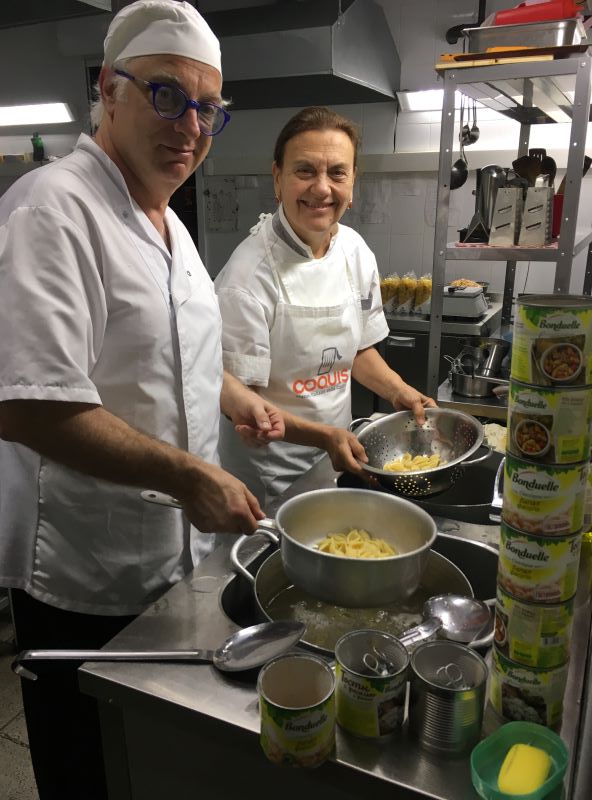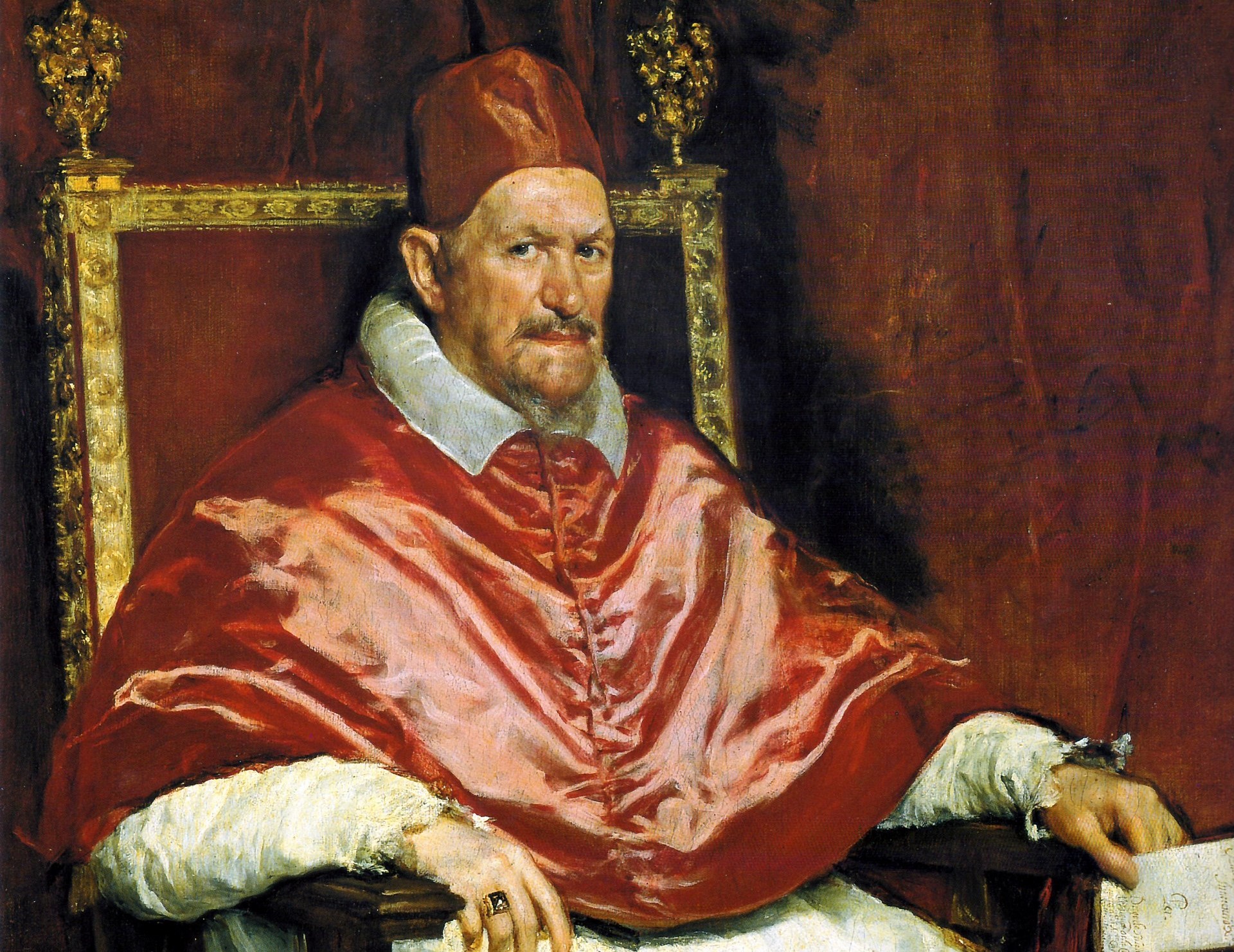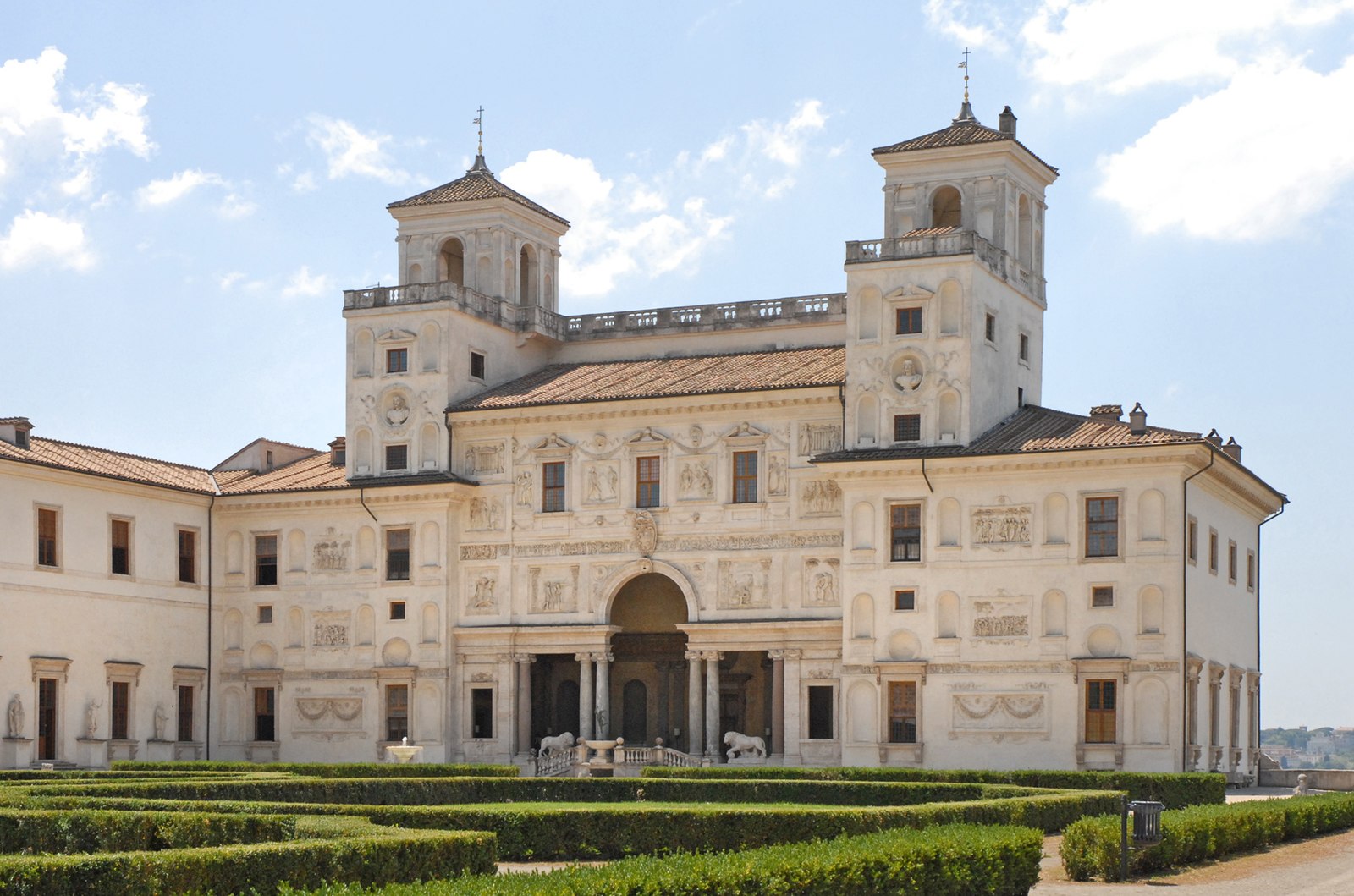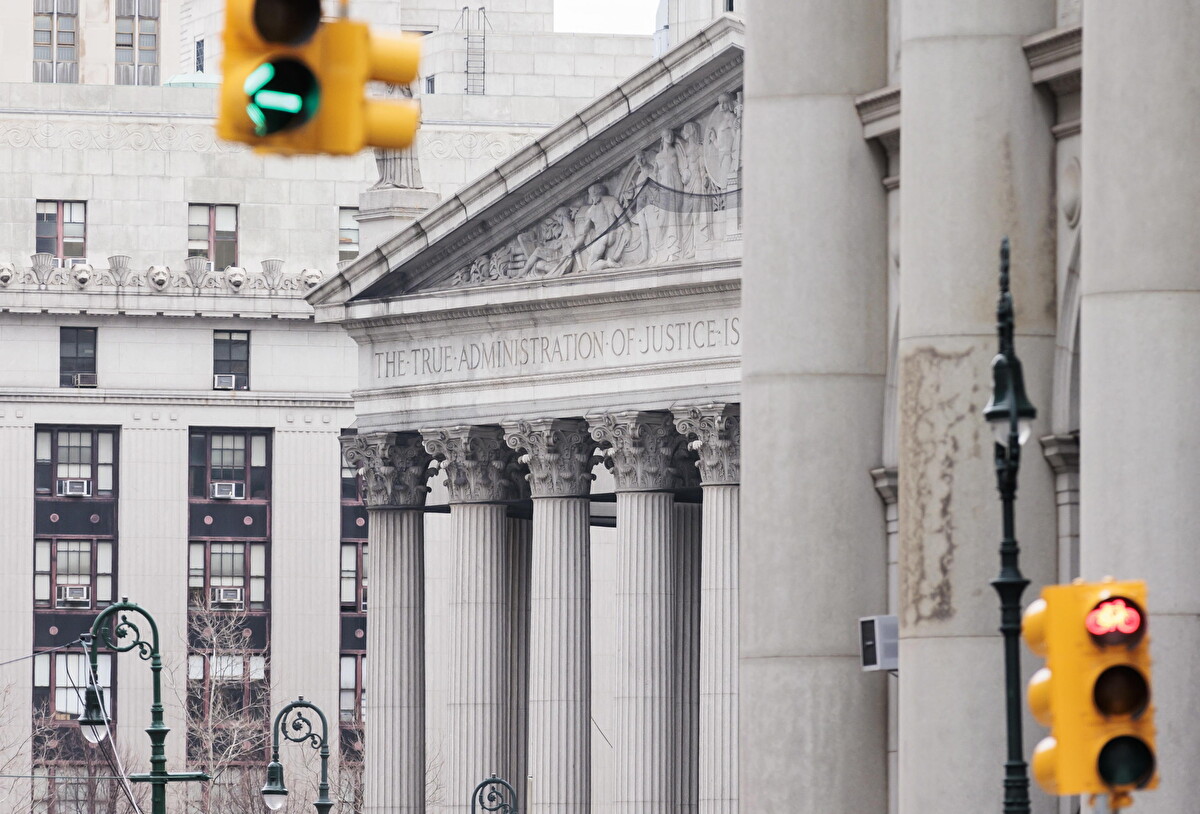Ristorante Spirito DiVino/ This beautiful medieval house with a loggia and arches at Via Genovesi 31A once belonged to the Jewish Italian lexicographer Nathan ben Jechiel (1035-1106), who began his sad life as a peddler of linens. He turned to scholarship and religion after four of his five sons died before adulthood. In actual fact, the house’s basement, now the cavernous wine cellar counting 800 labels, dates back to 80 BC. Trastevere was Rome’s first Jewish neighborhood, and over the centuries the house has been a synagogue, a convent, a foundry, a private home, and a warehouse before becoming a restaurant.

Not to mention that before becoming a chef/owner Eliana Catalani, a devoted member of Slow Food, was a researcher and lab technician for 37 years to Nobel Prize winner Rita Montalcini Levi, who was also a great cook. Catalani’s motto is “fresh KM 0 products and ancient recipes”. Her cult dishes include chickpea crepes with codfish sauce, veal meatballs with ginger, artichoke clafoutis, and basil-scented ratatouille. Open only evenings from 19-22:30. Closed Sunday. Reservations obligatory.
Caffetteria del Chiostro/ Designed by Bramante (1444-1515), this cloister is the center of what originally was a monastery complex, which included the church of Santa Maria della Pace around the corner from Piazza Navona. Its large windows on the first-floor overlook Raphael’s fresco of “The Sibyls” in the Church. Open daily for breakfast, brunch, and lunch, its menu is rigorously “home-made”. In addition the Caffetteria offers an interactive audio-visual guide of the Church and serves as a showroom for young artists who often set up temporary exhibits of their artworks here.
Terrazza Borromini/Near Bramante’s cloister, on the top floor of Palazzo Doria Pamphili, designed by the Renaissance architect Borromini and home to Pope Innocent X (reigned 1644-55), is Terrazza Borromini frescoed by Bernini and with an extensive menu for a romantic evening of fine dining. Like its terrace above, a unique venue for an apertivo, it offers breath-taking views of Piazza Navona with Bernini’s Fountain of the Four Rivers.

Below on the first floor is the study center Centro Pro Unione. Established in 1969, this library’s collection of 22,500 volumes and 400 periodicals spans the disciplines of ecumenism and the theology of all Christian confessions as well as their history, liturgy, and spirituality. Library hours: Monday-Friday 9 AM-5 PM.
Caffè Colbert/ Started in 2016 by four young entrepreneurs on the roof of the 16th-century Villa Medici, the Caffè with a daily menu and honest prices overlooks the Villa’s magnificent gardens and the Spanish Steps. Open from 10 AM to 7 PM, its specialties are cauliflower and anchovy soup, Roman classics, and French cheese and pastries. Once the Roman residence of the Florentine Medici family, the Villa Medici has been the French Academy for artists and scholars who win the Rome Prize since 1803. Among its famous borsisti or fellows were: Boucher, Subleyras, Fragonard, David, and Debussy. A musical evocation of its garden fountains features in Respighi’s Fontane di Roma. Besides the Caffè, the gardens and temporary exhibitions are open to the public.

The French Academy, by far the oldest of all the many foreign academies in Rome, was established in 1666 by Louis XIV under the leadership of politician Jean-Baptiste Colbert, painter and art historian Charles Le Brun, and Gian Lorenzo Bernini. Before being transferred to the Villa Medici in 1803, it was first housed in a modest building near the Church of Sant’Onofrio on the Janiculum Hill, then moved to the Palazzo Caffarelli, now part of the Capitoline Museums, in 1683; to the Palazzo Capranica, now a cultural center, in 1684; and the Palazzo Mancini, now a bank, in 1725.
La Campana/ Founded in 1518, this venue, Rome’s oldest downtown restaurant, was first a winery and then an inn. Census records from 1526 show that a Pietro della Campana was the original owner, but its location on Vicolo della Campana, probably gave the restaurant its name (and possibly the owner his surname, too). Today this home-style trattoria near the Pantheon and Piazza Navona is run by siblings Paolo and Marina Trancassini, descendants of the family who’ve managed it for over a hundred years. Not surprisingly, La Campana is known for its authentic cucina romana. A favorite of Caravaggio, Picasso, Fellini, Guttoso, Fellini, Anna Magnani, Alberto Sordi, Maria Callas, and recently,of Emanuel Macron, to name only a few of its illustrious habituées. Goethe even wrote about the place, referring to it as “Osteria Campana” in the Römische Elegien (Roman Elegies). Must-try dishes include: tagliolini with anchovies and pecorino, puntarelle, and artichokes both alla romana and alla giudìa.












